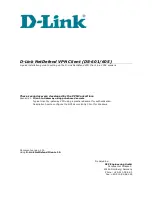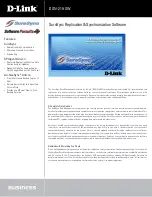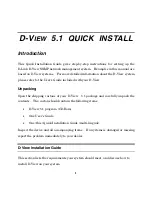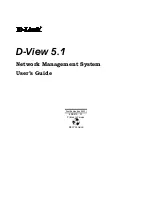
152
Appendix C. Basic GFS Examples
}
}
n03 {
ip_interfaces {
eth0 = "10.0.1.3"
}
fence {
power {
apc {
port = 3
}
}
}
}
}
Note
If your cluster is running Red Hat GFS 6.0 for Red Hat Enterprise Linux 3 Update 5
and later, you can use the optional
usedev
parameter to explicitly specify an IP address
rather than relying on an IP address from
libresolv
. For more information about the
optional
usedev
parameter, refer to the file format in Figure 6-23 and the example in
Example 6-26. Refer to Table 6-3 for syntax description of the
usedev
parameter.
d. Create the
fence.ccs
file. This file contains information required for the fencing
method(s) used by the GFS cluster. The file should look like the following:
fence_devices {
apc {
agent = "fence_apc"
ipaddr = "10.0.1.10"
login = "apc"
passwd = "apc"
}
}
6. Create the CCS Archive on the CCA Device.
Note
This step only needs to be done once and from a single node. It should
not
be performed every
time the cluster is restarted.
Use the
ccs_tool
command to create the archive from the CCS configuration files:
n01#
ccs_tool create /root/alpha /dev/pool/alpha_cca
Initializing device for first time use... done.
7. Start the CCS daemon (
ccsd
) on all the nodes.
Summary of Contents for GFS 6.0 -
Page 1: ...Red Hat GFS 6 0 Administrator s Guide...
Page 8: ......
Page 88: ...74 Chapter 6 Creating the Cluster Configuration System Files...
Page 98: ...84 Chapter 7 Using the Cluster Configuration System...
Page 102: ...88 Chapter 8 Using Clustering and Locking Systems...
Page 128: ...114 Chapter 9 Managing GFS...
Page 134: ...120 Chapter 10 Using the Fencing System...
Page 144: ...130 Chapter 12 Using GFS init d Scripts...
Page 148: ...134 Appendix A Using Red Hat GFS with Red Hat Cluster Suite...
Page 184: ...170 Appendix C Basic GFS Examples...
Page 190: ......
















































